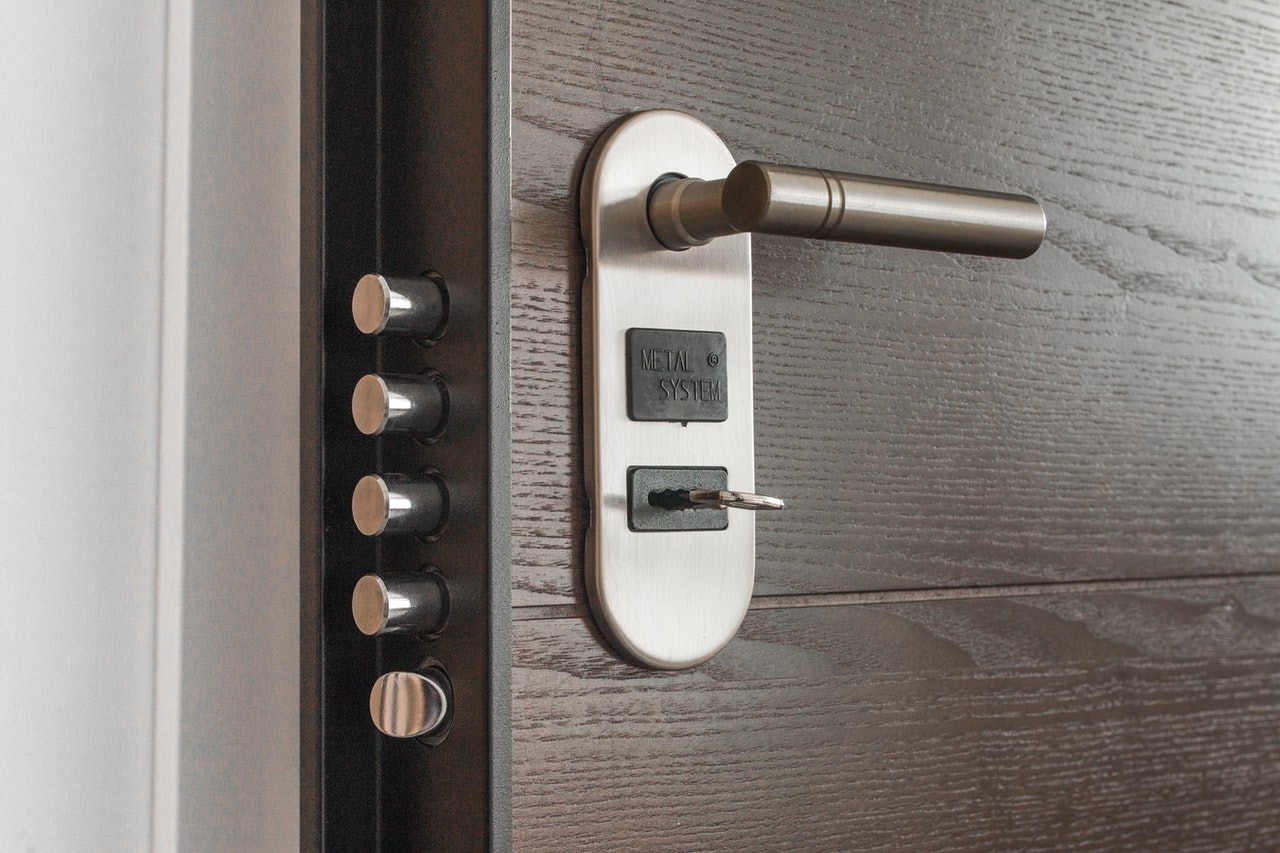Most seniors are aware that there will come the day when they need to downsize to simplify their lifestyles, cut costs, address medical requirements, or become closer to grandkids. They’ll need fewer furniture, a generally smaller house, and more accessible places to make it easier to navigate the property, live safely — and comfortably.
Nursing homes and assisted living facilities also provide these necessities, ensuring comfortable living for the rest of your golden years.
However, if you’re downsizing your current home and plan on living with your spouse or yourself, here are the changes you need to make.
Install Stairlifts
If you’ve always wanted to settle in a historic home that’s a bit bigger than most downsizes seniors do, don’t let accessibility problems prevent you from making your dream a reality. Although more stairs aren’t ideal, they aren’t necessarily ‘deal-breakers,’ as installing stairlifts can mitigate the problems related to long flights of stairs with ease. Stairlifts are chairs attached to a track and mounted alongside a staircase, giving seniors an easier way of going up and down the home while providing plenty of room left to use the stairs as usual.
Indoor Wheelchair Ramps
Installing stairlifts isn’t practical if you’ve only got a short flight of stairs in your new home. A better option for you is a wheelchair ramp. The best part is that wheelchair ramps aren’t only for seniors who use wheelchairs. They’re also a practical way to reduce accessibility obstacles for retirees dependent on walkers or canes. But if you have a home with plenty of ‘small stairs,’ like ones you’d use on sunken living rooms, it’s best to downsize altogether than installing several wheelchair ramps.
Add Bathroom Grab Bars and Handrails
Damp or steamy bathtubs, showers, or bathroom tiles make this particular area in the home the most dangerous place for seniors. The elderly often grapple with balancing problems — and the most cost-effective and simplest way of making bathrooms safe is by installing handrails or grab bars. It’s best to add grab bars in the bathtub, shower, and toilet area.
Install Walk-in Tubs or Showers
Besides adding grab bars around the bathroom, having walk-in tubs and showers to mitigate the balance hazard of stepping over bathtubs or slipping in the showering area is an excellent investment to make for your downsized home. Many walk-in tubs feature built-in seats, providing extra measures of fall prevention. Meanwhile, for showers, they usually come with built-in or wall-mounted shower seats.

Automatic Door Openers
The loss of strength, such as grip strength, are health conditions that many elderly individuals will face. That’s why updating your doors for safer and easier access is crucial in reducing its effect on your daily life. Installing automatic door openers is a great start, and you can add them to any door around your home, ranging from the garage door to the main entrance.
This product is a must-have change, especially if you’re moving to a smaller home with heavy doors or if you have seniors using walkers and wheelchairs every day.
Add Fall-Protection Flooring
Falls are the number one cause of accidental injuries and deaths worldwide. Hence, seniors facing vision and mobility problems need to take all precautions they need, such as installing fall-protection floorings. This specialty flooring features a design to absorb impact, reducing a person’s chances of getting severe injuries like hip dislocations or even death.
Don’t let the accessibility problems that arise when you get older put you off the idea of downsizing. The practice opens up a world of possibilities for making your retirement lifestyle so much better. Plus, the changes mentioned ensure a safer, comfortable, and functional home, allowing you to enjoy the rest of your golden years in comfort and style.